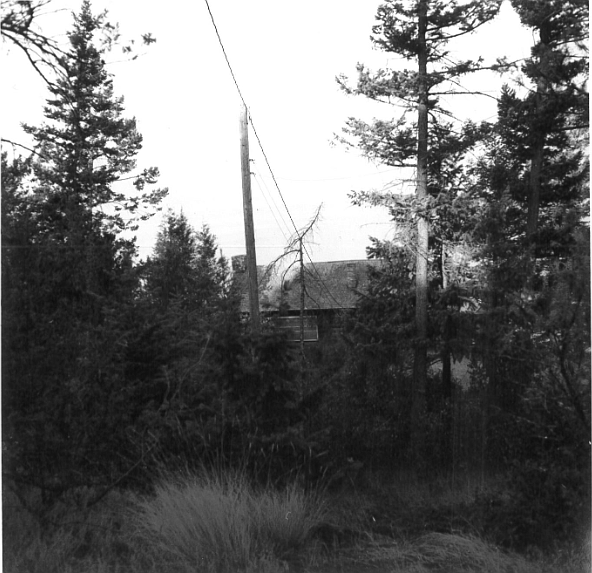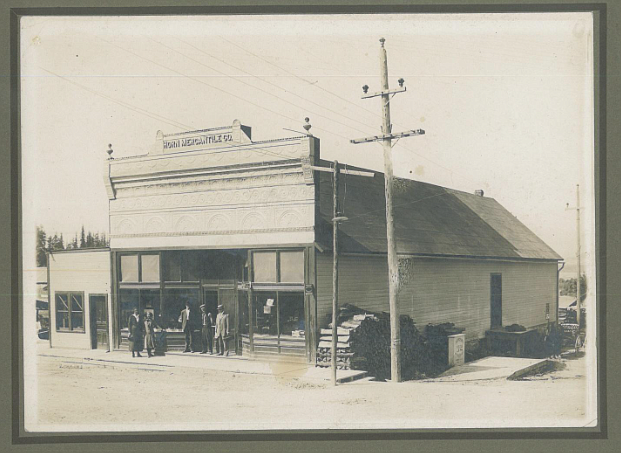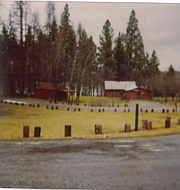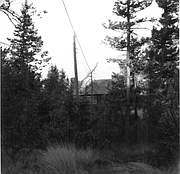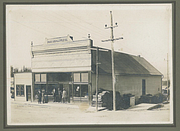Wayfarers and Harry Horn – A uniquely Bigfork State Park
We often take for granted the numerous recreation opportunities that surround us in Bigfork. Do we go up to Crane Mountain, how about the Wild Mile trail, maybe Swan Lake, no for sure the North Shore. My kids often roll their eyes when we list off our go to favorite…Wayfarers. Of course, the minute we get there, however, everyone is running to the water looking for sticks and rocks, turning the kayak into a battleship, or begging to go to the playground. Surprisingly though, I knew little of the history of the Wayfarers unit of Flathead Lake State Park and the Harry Horn day use area.
As with many of the attractive sites around Flathead Lake, the land that is now Wayfarers once served as a local indigenous camping site with easy access to both the lake and mouth of the Swan River. When European settlers began coming into the Flathead and Swan valleys the prominent rocky point jutting into the lake made for an alluring private retreat and that is exactly what happened. On January 18, 1906, wealthy Helena-area businessman Henry Parchen bought the 48 acres of land which now constitutes Wayfarers for hunting and camping and even though the retreat was only about one rough overland mile or so from Bigfork, with no Highway 35 in existence, Mr. Parchen and his guests would take a boat from Polson to the property.
In 1920, Mr. Parchin deeded the retreat to his eldest son Henry, who managed the lodge with his sister Adele. Later in the 1920’s, the Parchen’s became close friends of a Dr. Eugene Cosgrove, a local Bigfork eccentric who was reportedly a defrocked Anglican priest from Scotland. The three of them eventually created a spiritual retreat or ashram called Journey’s End on the land and by late 1933 Dr. Cosgrove was given a 50% stake in the endeavor. Journey’s End attracted several affluent Easterners and other spiritual pilgrims including, most influentially, an heiress to the Morton Salt Company empire and a Dr. Mercy Southwick. Dr. Southwick came as the guest of the heiress for one summer but ended up never leaving and became a fixture of Bigfork living until the 1980s here before passing away at 104.
And while the ashram was successful for nearly two decades, by the 1950s, it had fallen into disrepair. Dr. Cosgrove eventually deeded his interest in the land to the Ashram Trust in October of 1956 and, as presumably the only living or present member of the trust, later that same month Dr. Southwick deeded the land and assets to the Bigfork Masonic Lodge. The Bigfork Masonic Lodge initially hoped the buildings and grounds could be managed as their primary temple but soon discovered that the unwinterized buildings weren’t ideal and settled on instead using the property as summer youth camp. After 12 years, however, the Masons determined that the maintenance, upkeep, and taxes were untenable for their group and on September 2nd, 1969, the property was sold to the state for approximately $79,000 to become a state park. One interesting fact on how the park got its name is that the term “Wayfarer”, has Masonic roots, and refers to the friends and family members of Masonic members.
But that only takes care of half the park because until 1993, the other half of what we now associate with Wayfarers, was physically separated by a ridge. The current main entrance to the park, was also a gift to the citizens of Bigfork and the state, coming from the son of early Bigfork denizen J. Harry Horn. The elder Horn arrived in the Flathead Valley around the turn of the century and eventually landed in Bigfork and in 1908 he acquired the mercantile via a trade with Everit Sliter. The store we see now at the corner of Electric Ave. and Grand Drive, was managed by Mr. Horn and partner Paul Smith, but is the second structure, built in 1918, after the first was struck by lighting and burned down. As a merchant, Harry Horn Sr. was well known in Bigfork as being extremely generous even during the Great Depression. Upon his retirement in 1941, Mr. Horn estimated that he held roughly $50,000 in debt that he never expected people to pay back.
That spirit of civic mindedness was instilled even in his children because in 1964, the younger Harry Horn sold 20 acres along Highway 35, just south of Bigfork to the then Montana Highway Commission for $1 with the intended purpose for use as a day rest area and playground for children. For several years the Highway Commission, now Montana Department of Transportation, did just that but by 1970 decided to turn administration of the rest area and park over to the State Department of Fish and Game, now Montana Fish Wildlife and Parks (FWP) on a 25-year site easement. The rest area remained open for several more years but eventually the gates were closed, and it sat idle. One inescapable problem was that the two parcels were still physically separated and until 1994 the entrance to what is now the main campground and lake access came from Sunset Drive.
Documents show, however, that even by 1972, soon after acquiring the Harry Horn rest area, park managers recognized the desire and attractiveness of combining the two chunks into one park. Realizing that combined park would take roughly another 22 years, a lawsuit, and many rounds of thoughtful negotiation including the Governor’s office, but eventually all the parties came together and created a park that honored the memory of Harry Horn Sr. as well as showcased the amazing natural beauty of Flathead Lake. Wayfarers and the Harry Horn day use area are uniquely Bigfork and even though my kids roll their eyes every time we load up, I know they love it just as much as I do.





